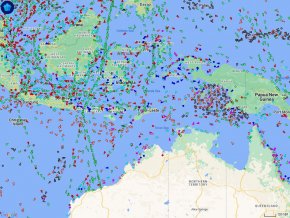OldTex
Well-Known Member
Having read the article at least twice I can only say that the author seems to have completely ignored reality. He proposes that the Government expand air force infrastructure (i.e air bases), increase fleet size and increase manning as that provides the "best value for money for defence" without providing even guesstimates of the costs. He also fails to provide even guesstimates for how long it would take to expand the air bases, induct extra aircraft into the fleet and train the various manpower streams (i.e. aircrew, maintainers, logistics, support and command staff) needed for a larger air force. All of these questions need answers even before the questions of where does the money come from and where are the people to be found get asked.Here is a pitch based on time to deliver capability for the Air Force. Air Power Offers Defence Value for Money | ADBR
How long did the 3 "bare" bases take to build?
How long would it take to upgrade them?
How would they be supported and supplied?
Naval vessels can reasonably hide in the ocean expanses once they leave port and army units can reasonably hide in the wide open lands, but the air force is tied to their bases and any opponent will know exactly where they are and target them accordingly.
Last edited:

